DIY Body Massage Oils
| Estimated Reading Time: 8 minutes |
A few years back, I stood in a cramped store aisle, puzzling over a bottle of massage oil, its ingredient list a jumble of unfamiliar words. My shoulders ached from a week of deadlines, and I craved relief. I’d tried a spa massage once—the warm, lavender-scented oil felt like a small miracle, but the cost hurt, and the chemical-heavy label turned me off. Could I make something just as soothing, maybe better, in my own kitchen? That question sparked a journey that changed how I relax. Mixing my own oils became a ritual, blending scents and textures that feel personal, like a quiet evening at home. In this guide, I’ll share what I’ve learned through spills and small victories: What ingredients do you need? How do you pick them? What recipes work, and what mistakes should you avoid? Whether you’re easing sore muscles, hydrating skin, or chasing calm, crafting your own oils is like bottling a bit of comfort.
Why go DIY? For me, it’s about knowing exactly what’s in the bottle—no mystery additives, just pure ingredients. It’s also about creativity, like mixing a scent that feels like you. My first attempt left oil on my floor and a grin on my face, and I’ve been hooked ever since. Ready to explore what makes a great massage oil?

What Are the Building Blocks of a Great Massage Oil?
When I started, blending oils felt like cooking without a clue—until I learned the two key pieces: carrier oils and essential oils. They’re like the dough and sauce of a pizza, each doing its part. Curious about how they work together? Here’s what I figured out through messy experiments.
Carrier Oils: What Gives the Smooth Glide?
What makes a massage feel smooth instead of sticky? Carrier oils, pressed from seeds, nuts, or kernels, are the foundation. They’re full of vitamins and fatty acids, nourishing skin while softening the strength of essential oils. I learned this painfully when I tried undiluted lavender oil on my wrist—it stung like a bad choice.
I’ve played with sweet almond, jojoba, coconut, grapeseed, and avocado oils, each with its own character. Some are light, absorbing quickly for a short massage; others are richer, staying longer for deep moisture. Which one suits you? It depends on your skin, your massage goals, and how long the oil lasts. Sweet almond is my everyday pick, but avocado saves my dry winter hands.
Essential Oils: What Adds the Healing Spark?
What if a drop could shift your mood or ease an ache? Essential oils, distilled from plants’ flowers, leaves, or roots, bring scent and healing. I remember opening a bottle of peppermint oil—its sharp, cool scent hit me like a morning breeze, waking me up fast.
But they’re strong. I once used too much and my skin tingled uncomfortably for hours. The trick is dilution—6 to 12 drops per ounce of carrier oil keeps it safe. So, what oil fits your vibe? It’s like choosing a favorite book: you want one that feels right, whether it’s soothing lavender or bold eucalyptus.

How Do You Pick the Perfect Carrier Oil?
Ever used an oil that felt wrong—too thick or too slick? I did, when I grabbed olive oil from my pantry and ended up smelling like a salad during a massage. How do you find a carrier oil that’s just right? It’s about your skin type, the massage’s purpose, and how long the oil stays fresh. Here’s what I’ve learned from my mistakes.
-
Sweet Almond Oil: My go-to choice. It’s light, rich in vitamins A, E, and D, and glides on without greasiness. I use it for full-body massages when I want something simple, great for normal to slightly dry skin. It’s like a trusted friend—always reliable.
-
Jojoba Oil: Worried about clogged pores? Jojoba’s my pick for oily or acne-prone skin. It’s a wax, not an oil, matching your skin’s natural balance, so it feels clean. It also lasts longer than most oils in my cupboard.
-
Coconut Oil: Got dry skin? Coconut oil’s my winter fix, thick and moisturizing for sensitive or parched skin. I use fractionated coconut oil for a smoother feel, perfect for larger areas like my back.
-
Grapeseed Oil: Want a light oil that highlights scents? Grapeseed’s my choice for oily skin, soaking in fast with antioxidants. It’s subtle, so essential oils stand out, but it spoils quickly—I keep it in the fridge after one bad batch.
-
Avocado Oil: Rough elbows or knees? Avocado oil’s my heavy-duty pick, full of vitamins for dry or aging skin. It’s too thick for all-over use but perfect for spots like my hands after a long day.
How do you ensure quality? I stick to cold-pressed, unrefined oils for their nutrients—cheaper ones often feel flat. Ever had a reaction? A friend’s red wrist taught me to test a dab on my inner arm for 24 hours. And storage? A cool, dark cupboard is best—my grapeseed oil went bad on a sunny windowsill once.
Which Essential Oils Should You Choose?
What scent feels like comfort or sparks energy? That’s what I ask when picking essential oils, the heart of any blend. They add aroma and healing, like the final note in a song. My first mix was a disaster—five oils clashing like a bad band—but practice brought clarity. Here’s what I love:

-
Lavender: Craving calm? Lavender’s gentle, floral scent soothes my stress and skin. It’s my evening ritual, like a quiet moment before bed.
-
Peppermint: Sore muscles? Peppermint’s cool, sharp tingle revives my legs after a long walk. I use it sparingly—too much once left my skin stinging.
-
Eucalyptus: Feeling tight or stuffy? Eucalyptus, crisp and clear, loosens muscles and opens my airways, like a walk through pine trees.
-
Chamomile: Sensitive skin or nerves? Chamomile’s warm, apple-like scent calms both, like sipping tea by a fire.
-
Rose: Want a touch of luxury? Rose oil, rich and floral, hydrates skin and lifts my mood, like a special treat.
How do you stay safe? I buy pure, therapeutic-grade oils after a cheap bottle gave me a headache. Worried about allergies? Test a drop on your skin for 24 hours, and if you’re pregnant or have health issues, talk to a doctor. It’s about finding scents that feel like you.
What Are Some Easy Recipes to Try?
Ready to mix your own? These three recipes, made for a 2-ounce (60 ml) bottle with a safe 2% dilution (6-12 drops per ounce), are my favorites, honed through kitchen experiments.
1. Calming Lavender and Chamomile Blend
Ingredients:
-
2 oz sweet almond oil
-
10 drops lavender essential oil
-
5 drops chamomile essential oil
Instructions:
-
Fill a clean, dark glass bottle with sweet almond oil, leaving a bit of space.
-
Add lavender and chamomile oils, counting each drop carefully.
-
Seal the bottle and swirl it gently to mix the scents.
-
Store in a cool, dark corner, like a pantry shelf.
Why It Works: This blend is my evening escape, easing tension and softening skin, like sinking into a warm bath.

2. Reviving Peppermint and Eucalyptus Blend
Ingredients:
-
2 oz grapeseed oil
-
8 drops peppermint essential oil
-
7 drops eucalyptus essential oil
Instructions:
-
Pour grapeseed oil into a dark glass bottle, noticing its light color.
-
Add peppermint and eucalyptus oils, one drop at a time, like seasoning a meal.
-
Shake gently to blend, holding the bottle in your hand.
-
Keep it away from heat, maybe in a cool drawer.
Why It Works: This lively mix soothes my sore muscles after a hike, its crisp scent clearing my head like fresh air.
3. Luxurious Coconut and Rose Blend
Ingredients:
-
2 oz fractionated coconut oil
-
12 drops rose essential oil
Instructions:
-
Pour fractionated coconut oil into a dark glass bottle, feeling its smooth texture.
-
Add rose oil, inhaling its deep, floral scent.
-
Swirl the bottle to mix, watching the oils combine.
-
Store in a cool, dry spot, away from sunny counters.
Why It Works: This rich blend hydrates my dry skin and feels like a spa day, with rose’s scent cheering me up like a treat.

What Mistakes Should You Watch Out For?
Ever wonder what can wreck a simple blend? I’ve had plenty of slip-ups—spills, irritation, and spoiled oils. Here are the questions I wish I’d asked:
-
Are You Using Quality Oils?
A cheap oil irritated my skin once. Stick to cold-pressed carrier oils and pure essential oils from trusted brands.
-
Are You Overdoing Essential Oils?
Too much peppermint burned my skin. Keep to 6-12 drops per ounce for a safe 1-2% dilution.
-
Did You Test for Allergies?
A friend’s rash taught me to test oils on your wrist for 24 hours, especially for sensitive skin.
-
Are You Storing Oils Properly?
My grapeseed oil went rancid on a sunny shelf. Use dark glass bottles and store in a cool, dark place.
-
Mixing Too Many Scents?
My five-oil blend smelled awful. Stick to 2-3 essential oils for a balanced scent.
-
Is Everything Clean?
A dirty bottle ruined one batch. Sterilize containers and work with clean hands.
-
Avoiding Damaged Skin?
Oils stung on a cut once. Skip broken or irritated skin to avoid discomfort.
Conclusion
Can you picture a bottle of oil that’s yours alone, easing your aches or lifting your mood? That’s the beauty of DIY massage oils. By asking what oils suit your skin, which scents spark joy, and how to blend safely, you can create something that feels like home. My journey started with a clumsy spill and a dream, and now it’s yours to try. Grab a bottle, mix with care, and let your oils tell your story.
Recommended Products by Blue Nectar:
Cinnamon Pain Relief Oil for Back & Joint (17 Herbs)
Balalakshadi Jasmine Body Massage & Bath Oil (8 Herbs)
Nalpamaradi Thailam - Skin Brightening Oil with Turmeric for Body and Face (16 herbs)
Shubhr Kumkumadi Body Oil for Glowing Skin | Body Polishing & Nourishing (12Herbs)
Related Articles:
10 Myths & Facts about Body Massage & Body Oils You Need to Know
Sesame Body Massage Oil from Ancient India
How to choose the Right Body Oil according to your Dosha
References:
https://smytten.com/blogs/wellness/diy-body-massage-oil-a-step-by-step-guide
https://www.healthline.com/health/carrier-oil
https://www.nhpcanada.org/NHPC-Blog/Aromatherapy--Essential-Oils-to-Support-Your-Health


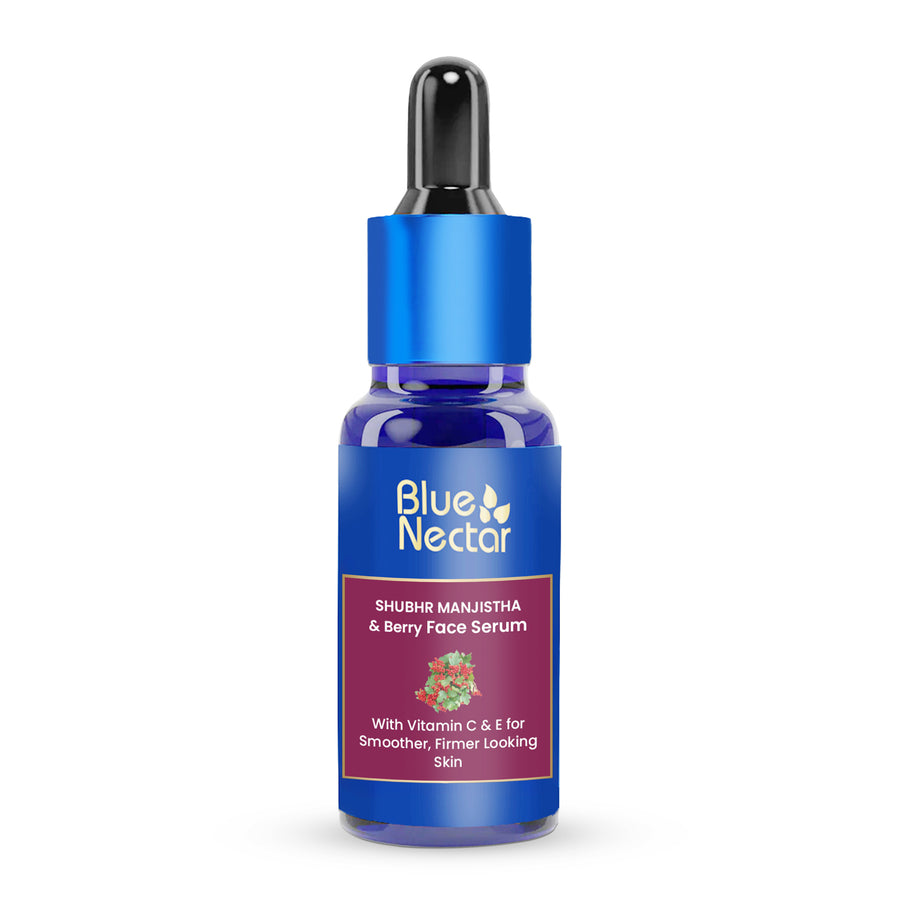
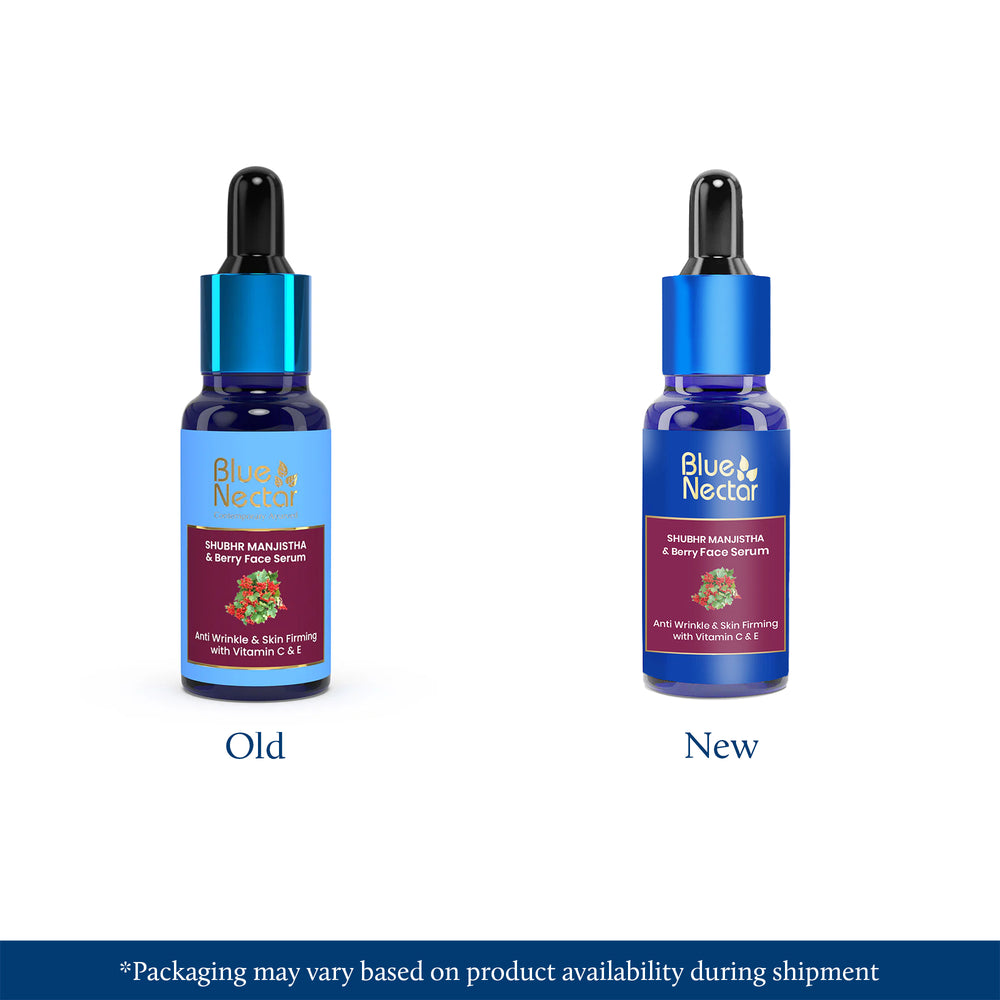



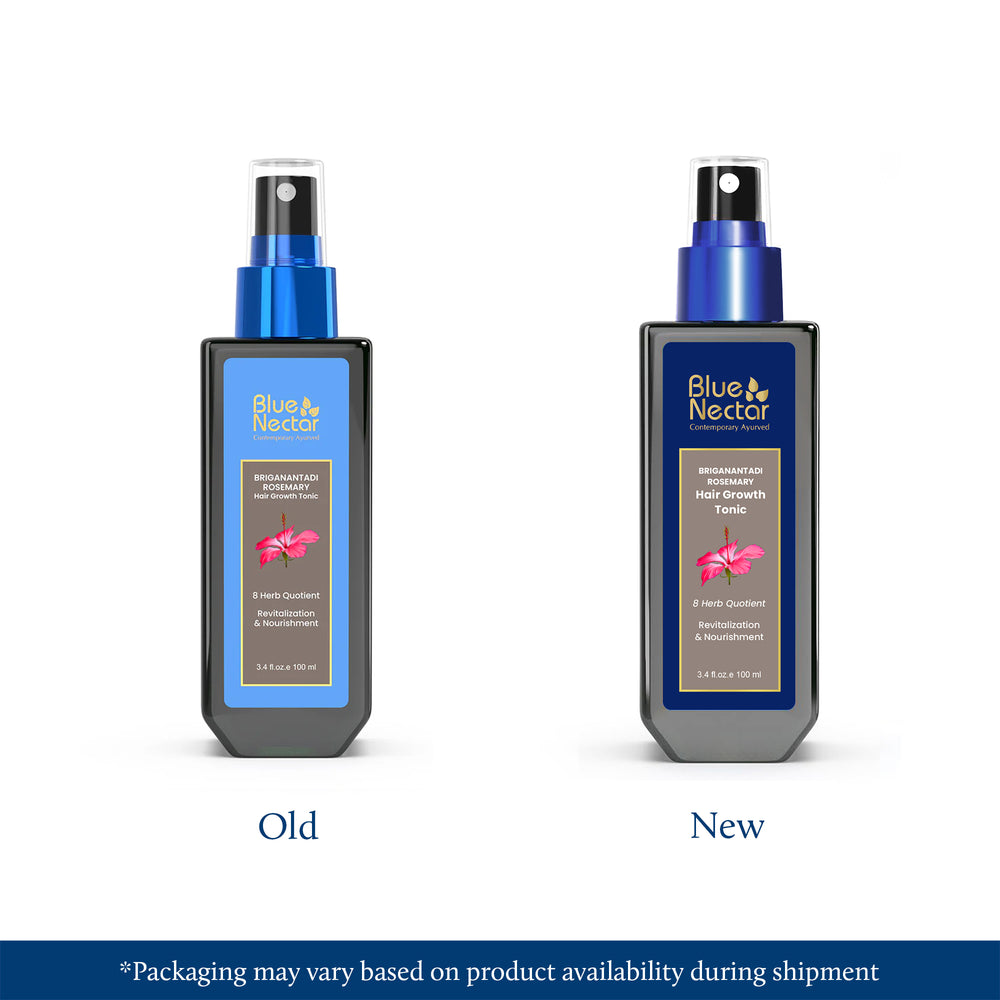

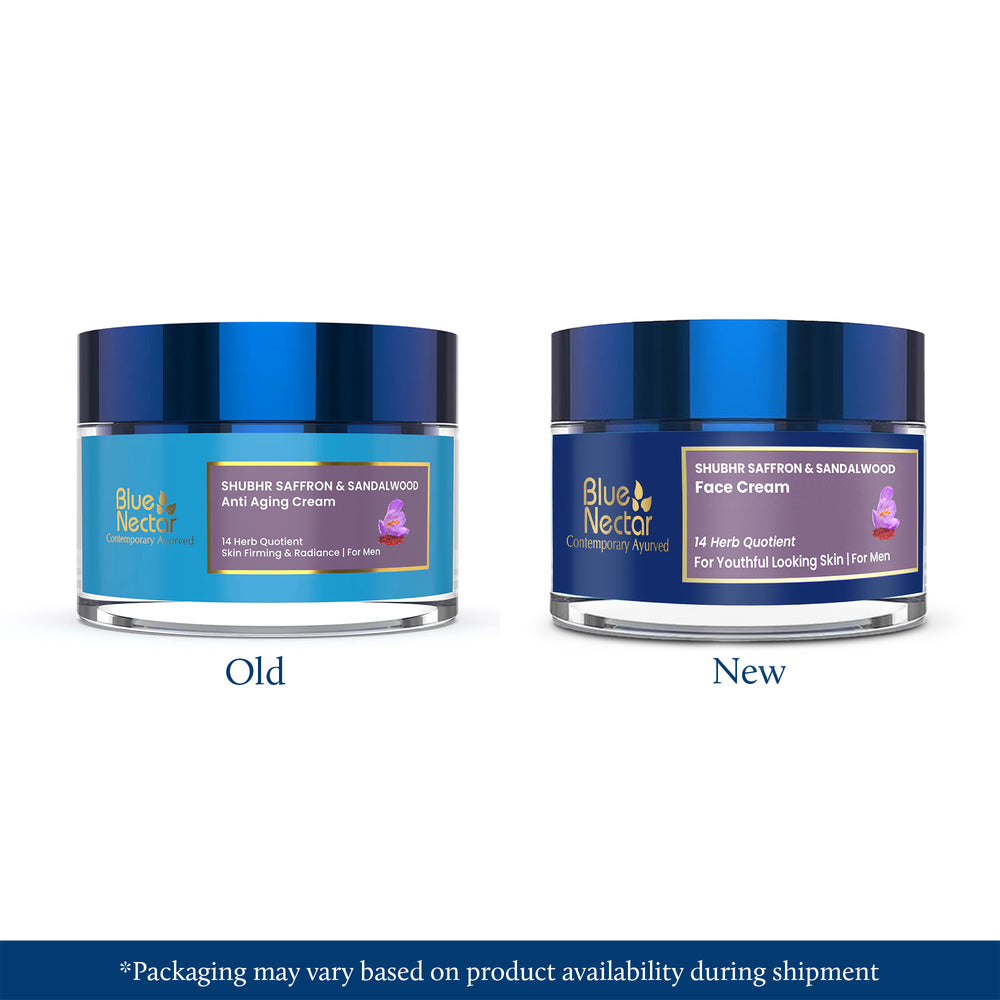
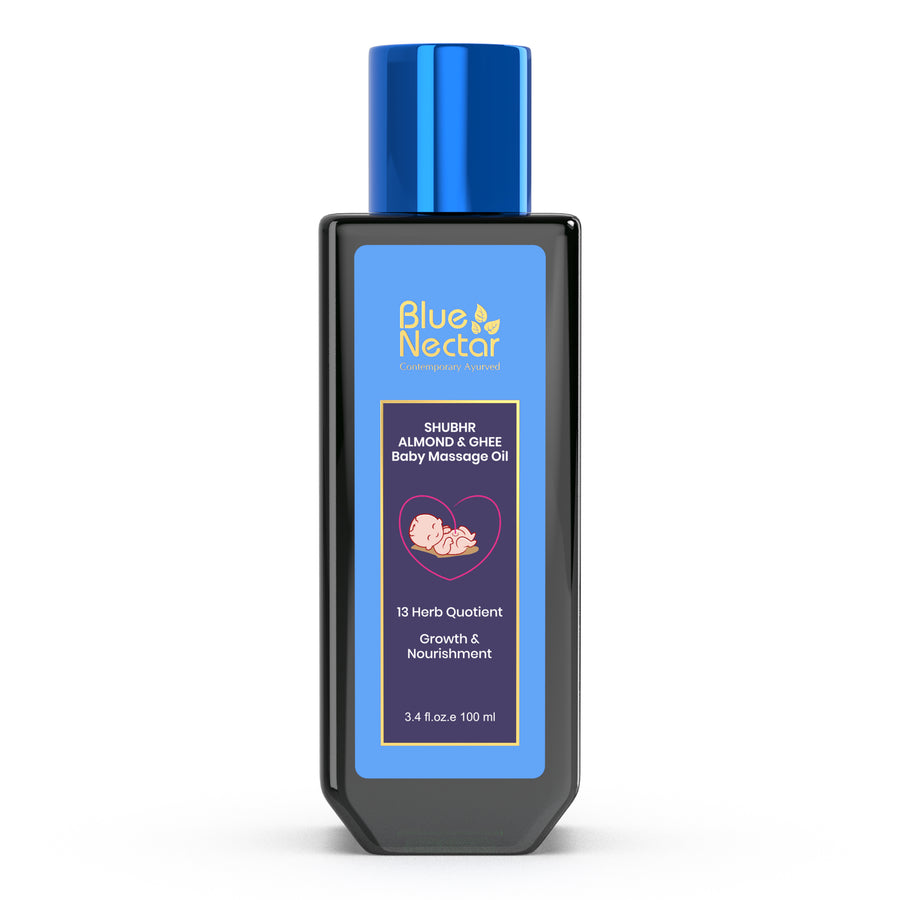
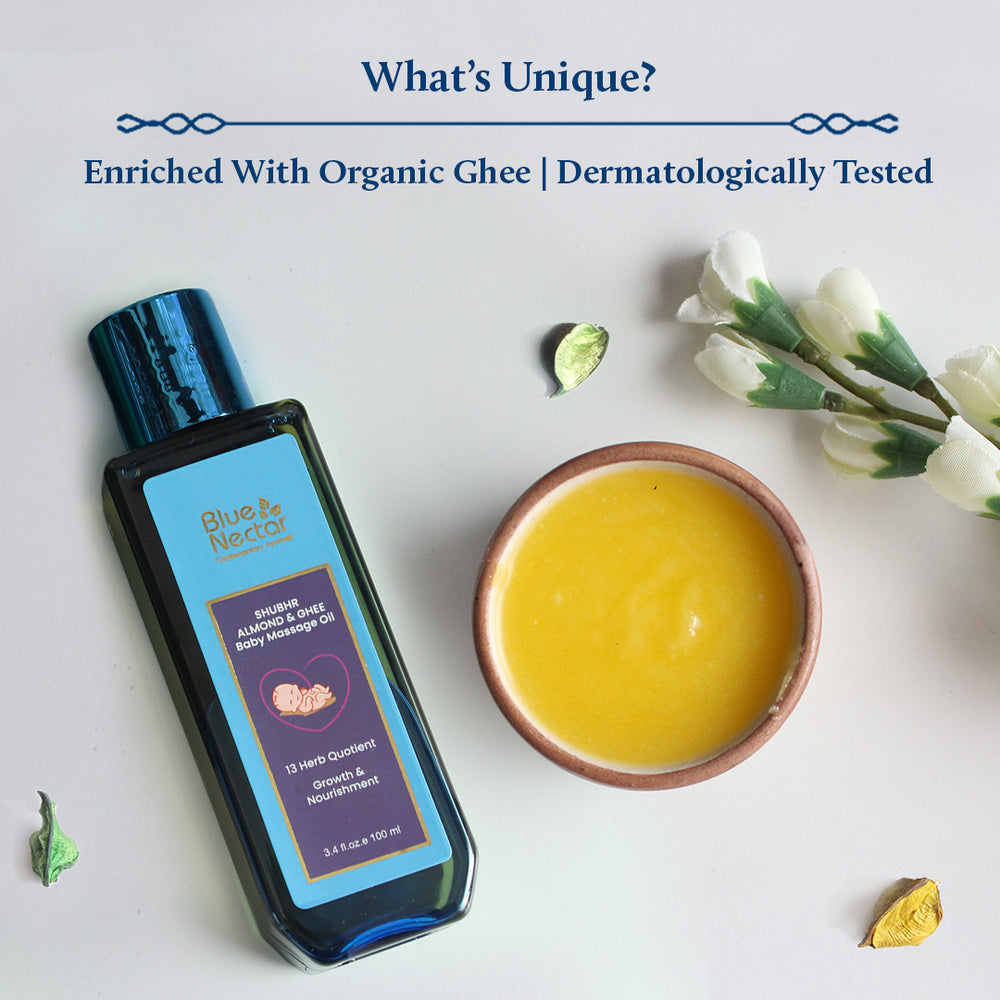




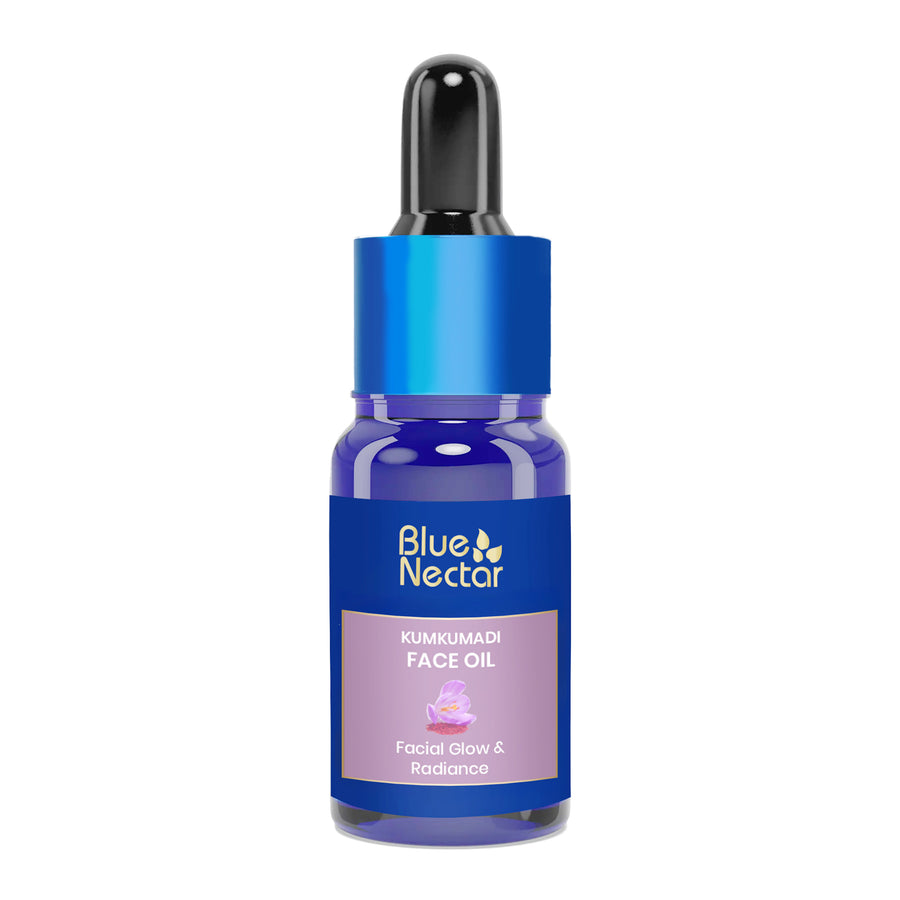
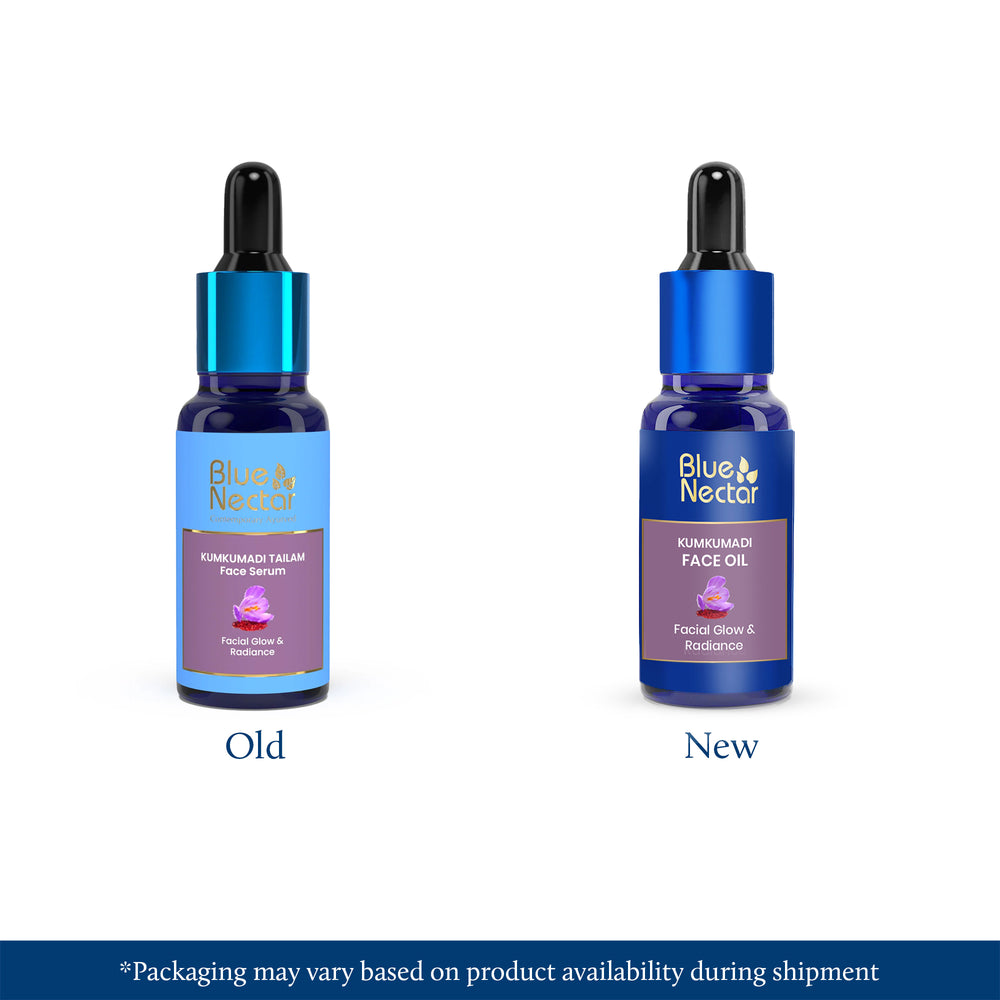

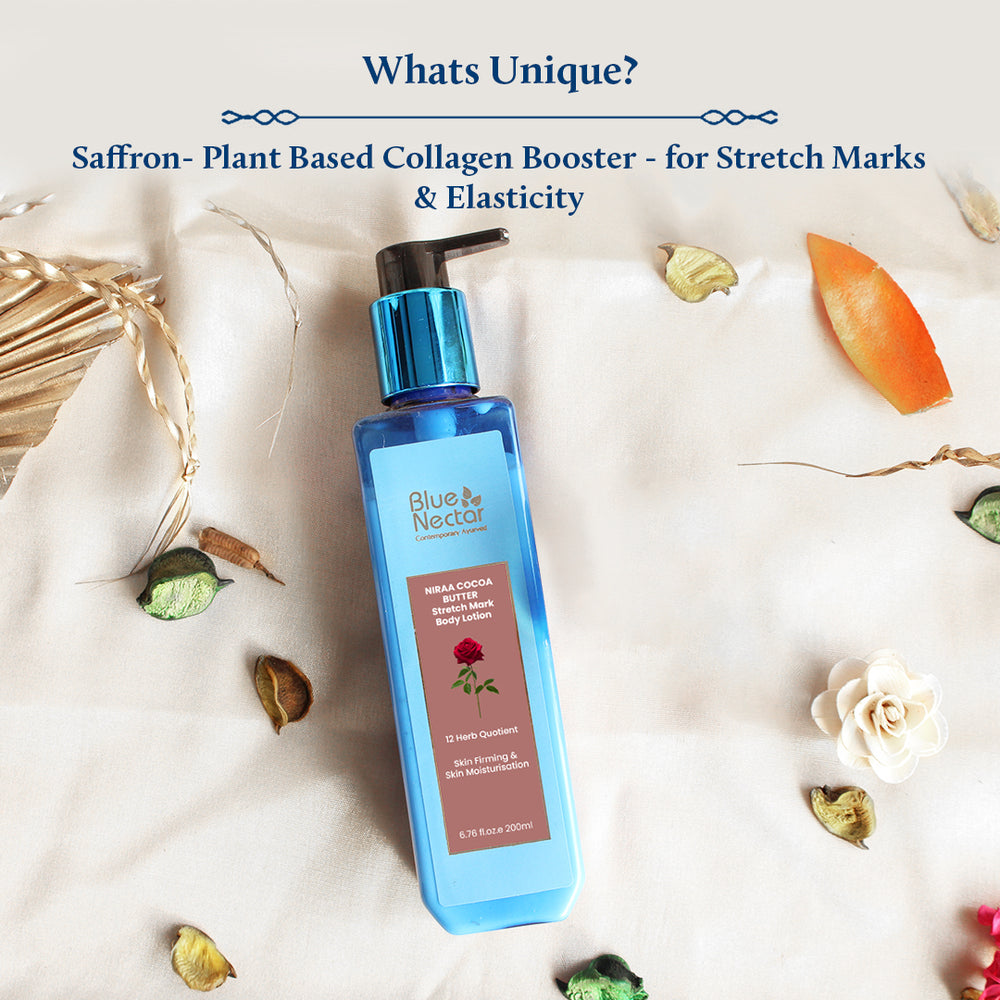
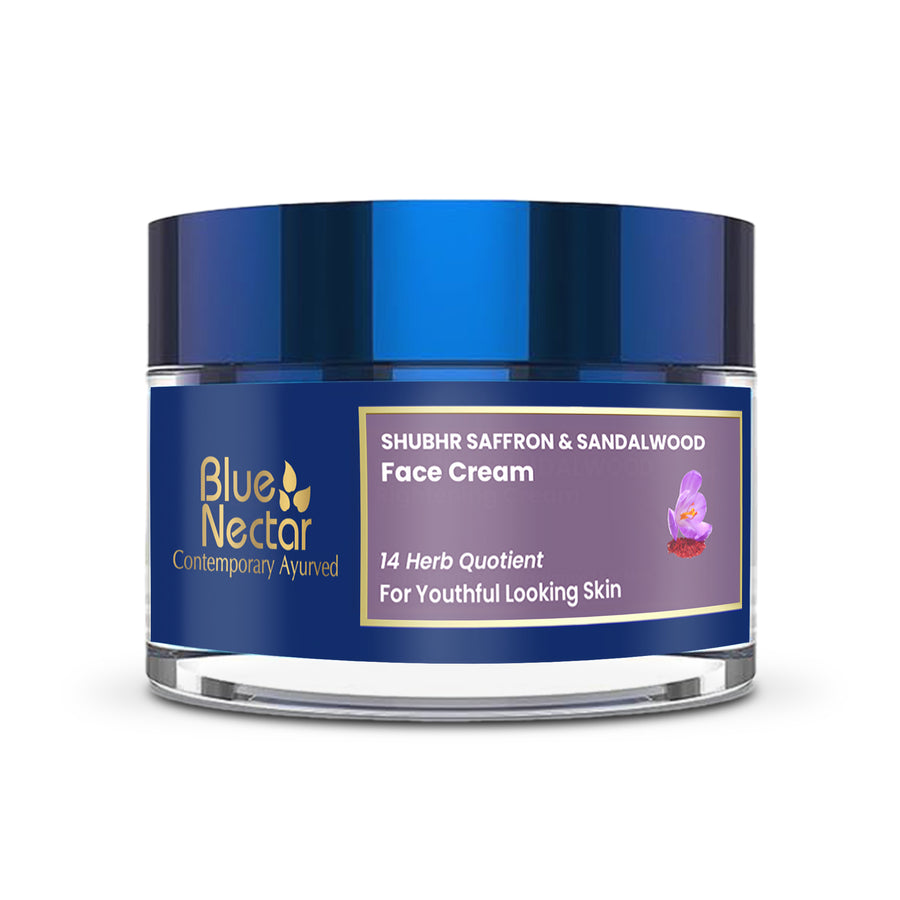
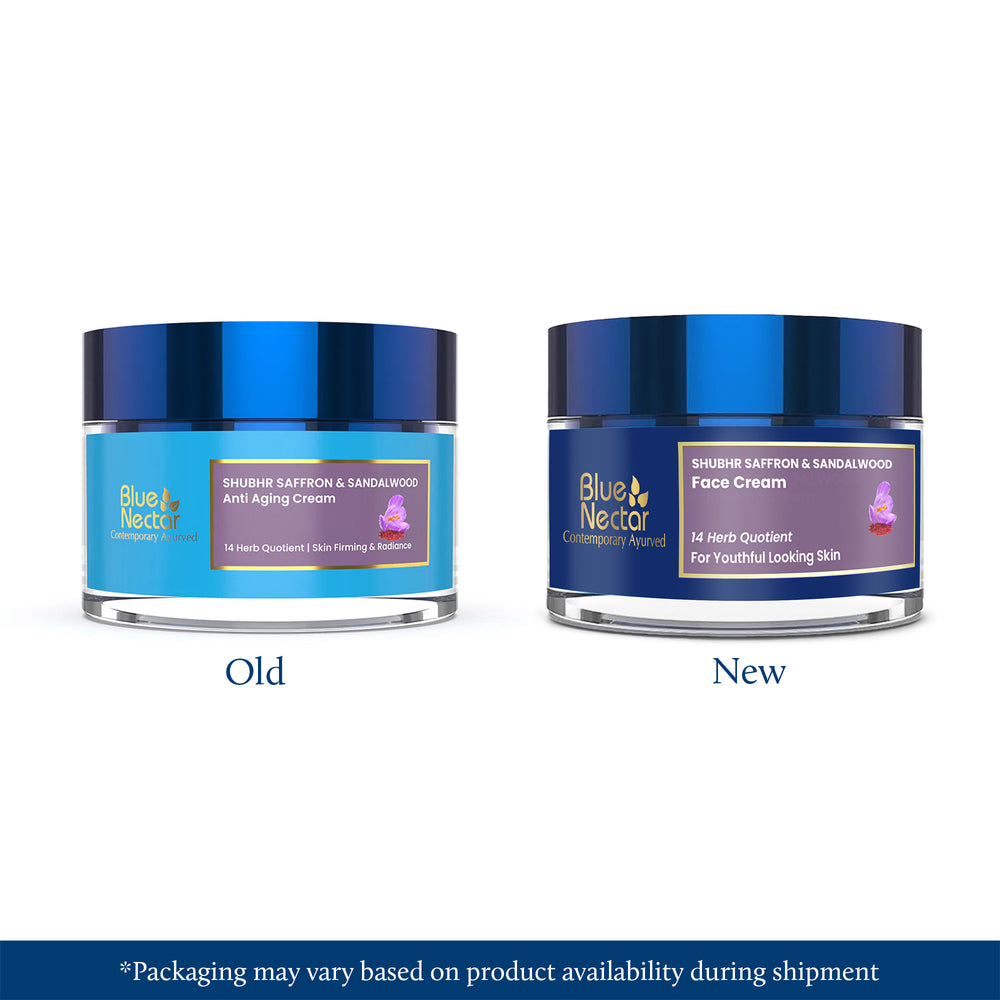
Leave a comment